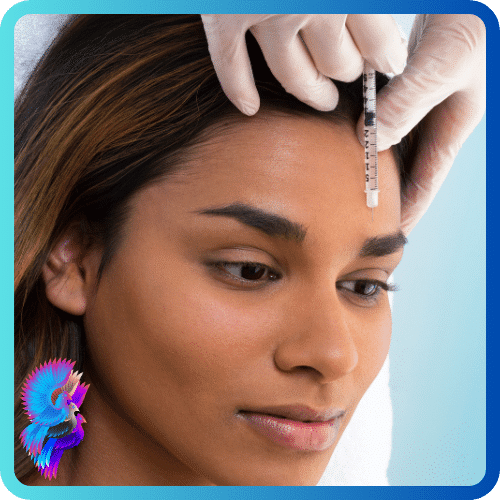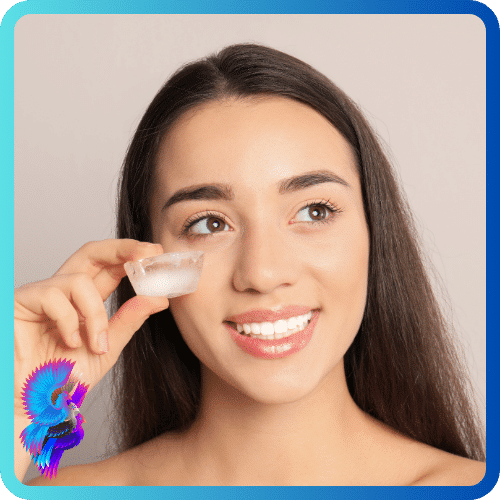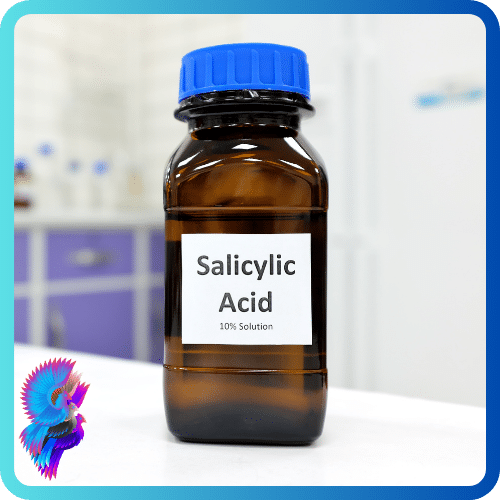If you’re looking for a way to improve your skin’s appearance without surgery, injections, or lasers, you might want to consider plasma fibroblast therapy.
This is a new cosmetic treatment that uses a pen-like device to deliver plasma energy to the skin, creating tiny wounds that stimulate collagen and elastin production.
Plasma fibroblast therapy can help reduce wrinkles, sagging, scars, and pigmentation, and give your skin a more youthful and radiant look.
What is plasma fibroblast therapy?
Plasma fibroblast therapy is also known as plasma skin resurfacing, plasma skin regeneration, plasma needling, or plasma lift. It works by using a device that converts electrical energy into plasma, which is a hot gas-like substance that emits electromagnetic radiation.
The device has a tip that releases a targeted current just above the skin, without touching it.
The plasma creates small holes or micro-injuries in the skin’s layer, which trigger a healing response from the fibroblasts.
Fibroblasts are cells that produce collagen and elastin, the proteins that keep the skin firm and supple.
As we age, our fibroblast activity declines, leading to skin elasticity and volume loss.
By stimulating the fibroblasts with plasma energy, plasma fibroblast therapy can help restore the skin’s structure and function.
What are the benefits of plasma fibroblast therapy?
Plasma fibroblast therapy is a nonsurgical-surgical that may offer several benefits for the skin, such as:
– Improving skin texture and tone
– Reducing fine lines and wrinkles
– Lifting and tightening sagging skin
– Diminishing acne scars and stretch marks
– Fading age spots and sun damage
– Enhancing lip volume and shape
Plasma fibroblast therapy is also a less invasive option than other cosmetic procedures and may allow for quicker healing times and a faster return to usual activitie. The results are expected to last up to one year, depending on the individual’s skin condition and lifestyle factors.
What to expect from plasma fibroblast therapy?
Plasma fibroblast therapy is performed by a trained professional in a clinic or salon setting.
The procedure typically involves the following steps:
– Cleansing the skin and applying a topical anesthetic cream to numb the area
– Treating the designated skin area with the plasma pen, creating small dots or scabs on the skin
– Applying a soothing cream or gel to protect and hydrate the skin
The procedure may take from 30 minutes to 2 hours, depending on the size of the area being treated.
The treated area may feel hot and tight after the procedure, and some swelling, redness, and itching may occur. These are normal reactions and should subside within a few days.
The scabs will fall off naturally within 5 to 10 days, revealing new skin underneath.
It is important to avoid picking or scratching the scabs, as this may cause scarring or infection.
It is also advisable to avoid sun exposure, makeup, alcohol, smoking, and strenuous exercise for at least a week after the procedure.
The full results of plasma fibroblast therapy may take up to 12 weeks to appear, as the skin continues to regenerate collagen and elastin.
To maintain the results, it is recommended to follow a good skincare routine, use sunscreen daily, and avoid smoking and excessive alcohol consumption.
Plasma fibroblast therapy is considered an elective cosmetic procedure and is not covered by insurance.
Therefore, it is important to consult with your provider about the total cost of the treatment before booking an appointment.
Is plasma fibroblast therapy safe?
Plasma fibroblast therapy is generally safe when performed by a qualified professional who follows proper hygiene and safety protocols.
However, like any cosmetic procedure, it may have some risks and side effects such as:
– Infection
– Scarring
– Hyperpigmentation or hypopigmentation
– Allergic reaction
– Eye injury
To minimize these risks, it is important to choose a reputable provider who has experience and training in plasma fibroblast therapy.
It is also essential to follow the aftercare instructions and report any signs of infection or adverse reaction to your provider.
Plasma fibroblast therapy may not be suitable for everyone.
Some people who should avoid this treatment include those who have:
– Active skin infections or inflammation
– Skin cancer or precancerous lesions
– Keloid scars or poor wound healing
– Blood clotting disorders or bleeding problems
– Pacemakers or other implanted devices
– Pregnancy or breastfeeding
– Allergy to topical anesthetics
If you have any medical conditions or medications that may affect your skin’s healing or sensitivity, you should consult with your doctor before undergoing plasma fibroblast therapy.



























